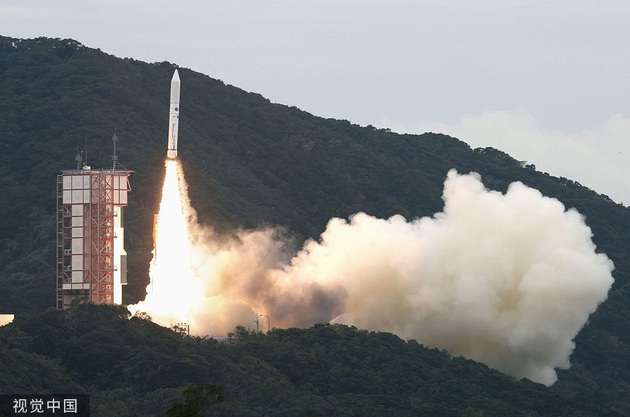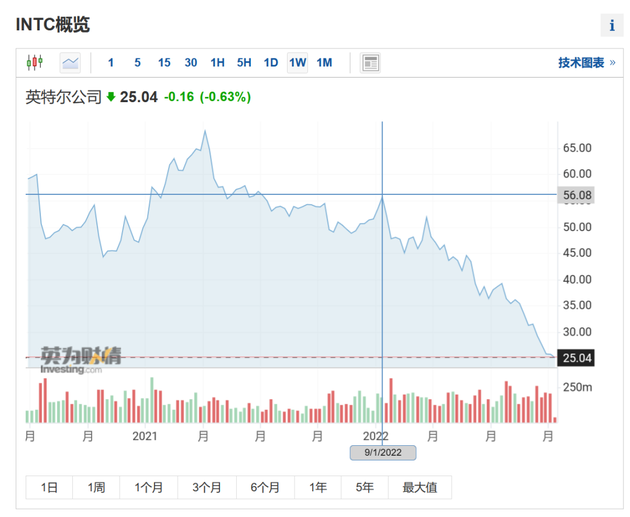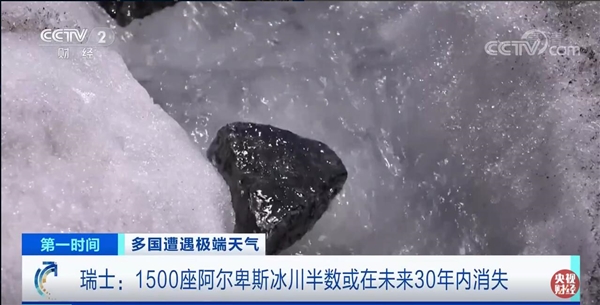your current location is:Home > TechnologyHomeTechnology
Why did the Japanese rocket self-destruct after its failed launch? Interpretation by aerospace technology experts
According to Japanese media reports, after the failed launch of the small Japanese rocket "Epsilon 6" on the 12th, it received a self-destruction instruction. Aerospace technology expert Huang Zhicheng told the "Global Times" reporter that Japan's land area is relatively small, and if it does not self-destruct, the rocket may pose a threat to ground facilities and personnel.
 On the 12th, the Japanese small rocket "Epsilon 6" was launched. (Visual China)
On the 12th, the Japanese small rocket "Epsilon 6" was launched. (Visual China)According to the Japan Broadcasting Association (NHK), the small Japanese rocket "Epsilon 6" was launched on the morning of the 12th at the Uchinoura Space Observatory in Gansuke Town, Kagoshima Prefecture. The rocket malfunctioned during ascent and the launch failed, and the detailed cause of the malfunction is under investigation.
The "Epsilon" series of rockets are solid-fuel rockets with a total length of 26 meters and a weight of about 96 tons. They were launched for the first time in 2013. This was the first time that this series of rockets failed to launch. "Epsilon 6" carried 8 satellites, including 2 commercial satellites.
Previous:Microsoft will push free P-map software: challenge the king Adobe to suppress the upstart Canva
Next:Google approves Trump's 'Truth Social' app on Play Store
related articles
Article Comments (0)
- This article has not received comments yet, hurry up and grab the first frame~













